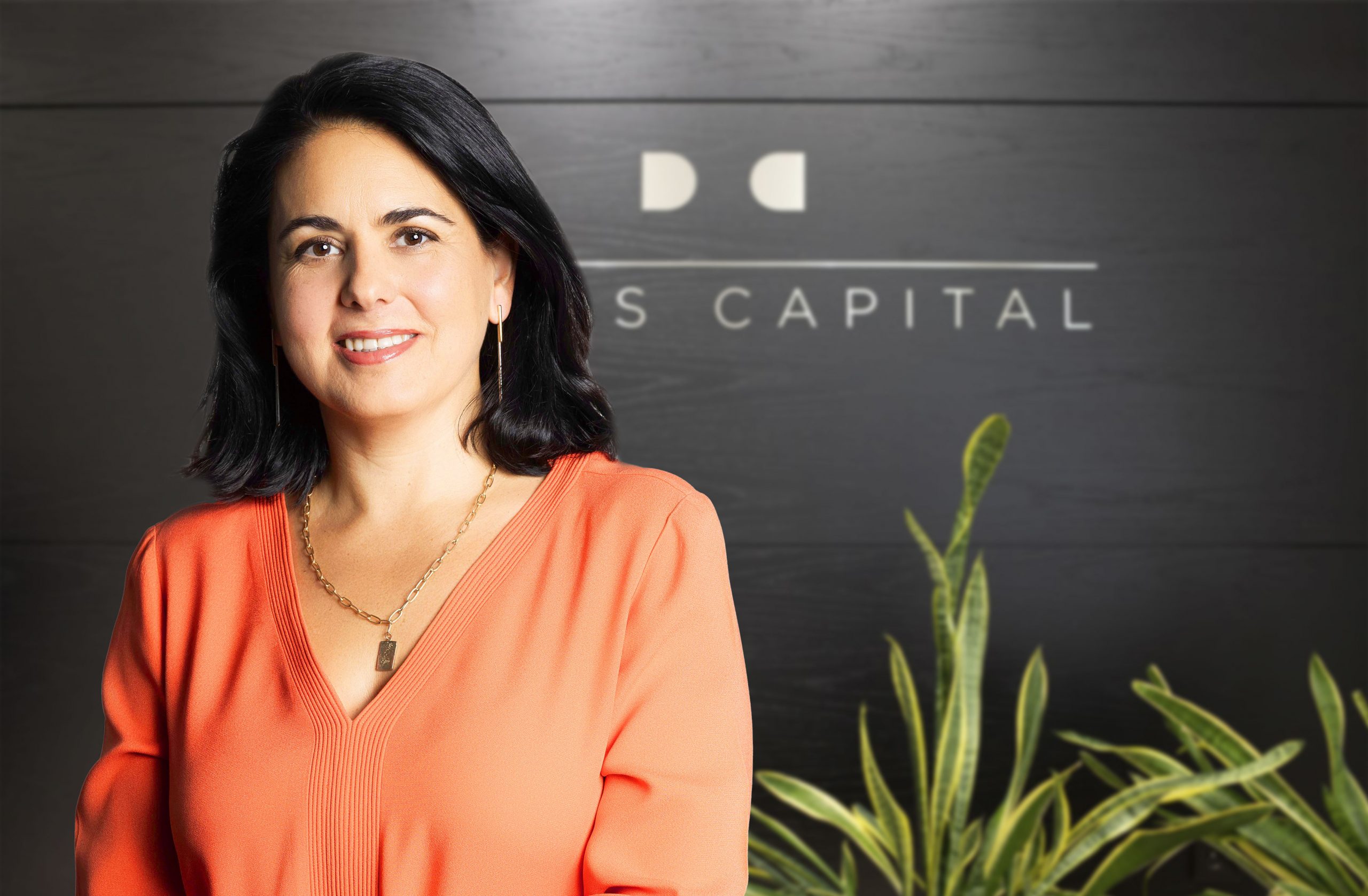There’s No Longer Any Doubt, Fed Cuts Are Coming!
| For Amaya Uriarte | 0 Comentarios

U.S. macroeconomic data and statements from Fed Chair Jerome Powell at the recent Jackson Hole symposium have solidified the expectation that this Wednesday, the Fed will announce an interest rate cut with its FOMC statement.
The main conclusions of the inflation report from the second week of September, ahead of this week’s Fed meeting, suggest that the cut will be 25 basis points, not 50, according to a report from New York Life Investments.
Additionally, experts from the firm state that economic overheating, or a re-acceleration of inflation, is no longer the main market risk, and once the Fed begins cutting rates, “it is likely to continue until it approaches a neutral interest rate,” which they estimate will be around 3%.
Given this context, New York Life Investments notes that the market’s focus on growth “completely changes” its reactivity to economic data.
“Good economic news is now good news—the recession hasn’t arrived yet—while bad economic news, even if it points to faster rate cuts, is now bad news. That’s why the debate over 25 basis points versus 50 basis points is important,” the report states.
Therefore, the firm’s experts suggest that in the short term, investors should expect volatility in both directions around the release of economic data. Stronger economic data will likely provide relief for the market: outperformance of cyclical equity sectors, narrowing credit spreads, and rising Treasury yields along the curve. Weaker economic data would raise concerns: defensive equity sectors would perform better, spreads would widen, and yields would fall.
These tactical movements should not distract investors from the real story over the next six to nine months. Reinvestment risk is now the investor’s worst enemy. So far, higher rates have brought volatility but also higher income. Now, that income-generating opportunity is changing, analysts warn.
For this reason, in fixed income, “the solution is not for investors to go long on duration, especially when the market is so reactive to individual data points.” Investors might consider moving away from cash-like securities and investing in short-duration corporate and municipal bonds, as well as adding duration to upward-sloping municipal bond curves. Although credit spreads are likely to widen as economic growth slows, holding bonds to maturity could offer opportunities for both price appreciation and income generation, experts explain.
On the other hand, it may be too soon to take large profits in equities, says New York Life. However, it is time to consider diversifying equity risk, they add.
“In terms of equity size, the slowing economic cycle favors large caps over small caps, as they tend to have better pricing power and balance sheet cushions in a more challenging operating environment,” they conclude.
David Kelly, Chief Global Strategist at J.P. Morgan Asset Management, compared lowering short-term interest rates from a peak to “like moving a piano down the stairs.”
For the executive, “it’s better to do it slowly and carefully,” and he expects the Fed to “show some awareness.”
“Our base case is that they will avoid overreacting. We expect the Federal Reserve to cut the federal funds rate by 25 basis points, rather than 50, and in doing so, emphasize their satisfaction with inflation progress rather than any concerns they may have about economic growth,” Kelly published.
According to Kelly, the focus will be on the message the Fed delivers in its statement and the subsequent remarks from Chair Powell.
“The danger of an unduly negative message will be most significant in the chairman’s press conference,” warned J.P. Morgan AM’s chief global strategist.
Chair Powell will need to acknowledge the slowdown in job growth, Kelly says, but he notes that as long as Powell “expresses confidence that this is merely a ‘normalization’ of the labor market rather than something more ominous, it will likely be key to the market’s reaction on Wednesday.”
The expert agrees that long-term neutral rates are expected to be around 3% in upcoming economic projections.
If they do, it will present a clear challenge for the futures market, which is currently anticipating rate cuts of more than 100 basis points over the next four months and 250 basis points by early 2026.
Whatever the reason, both the bond market and the federal funds futures market could price in higher long-term rates and a less aggressive easing by the Federal Reserve if the Fed’s actions, projections, and messaging unfold as expected on Wednesday, which Kelly believes should be a positive outcome for investors.
“A soft landing scenario is clearly positive for financial markets. However, investors need to ensure they are well-diversified, as an overreacting Fed or one that sounds overly alarmist in its views could undermine confidence, which is so crucial for the economy and financial assets,” Kelly concludes in his analysis shared via LinkedIn.








